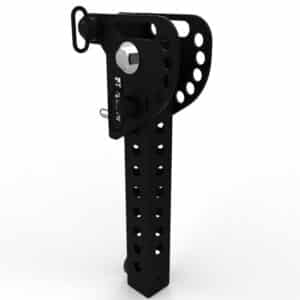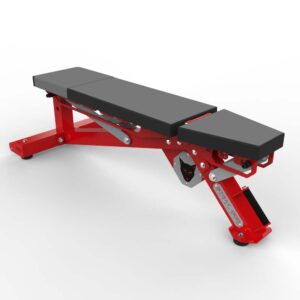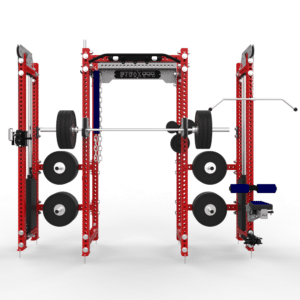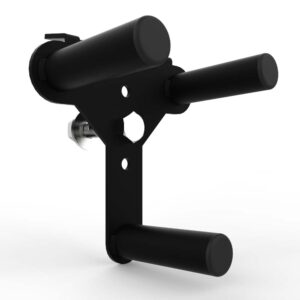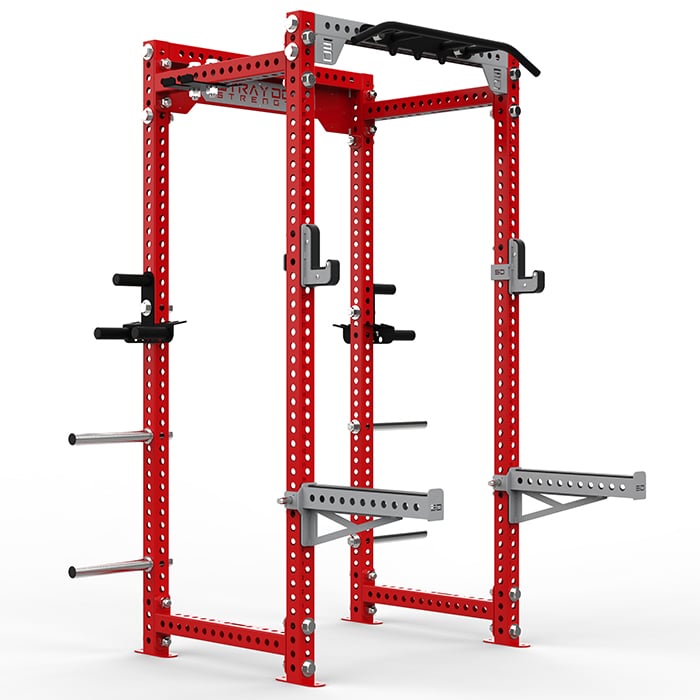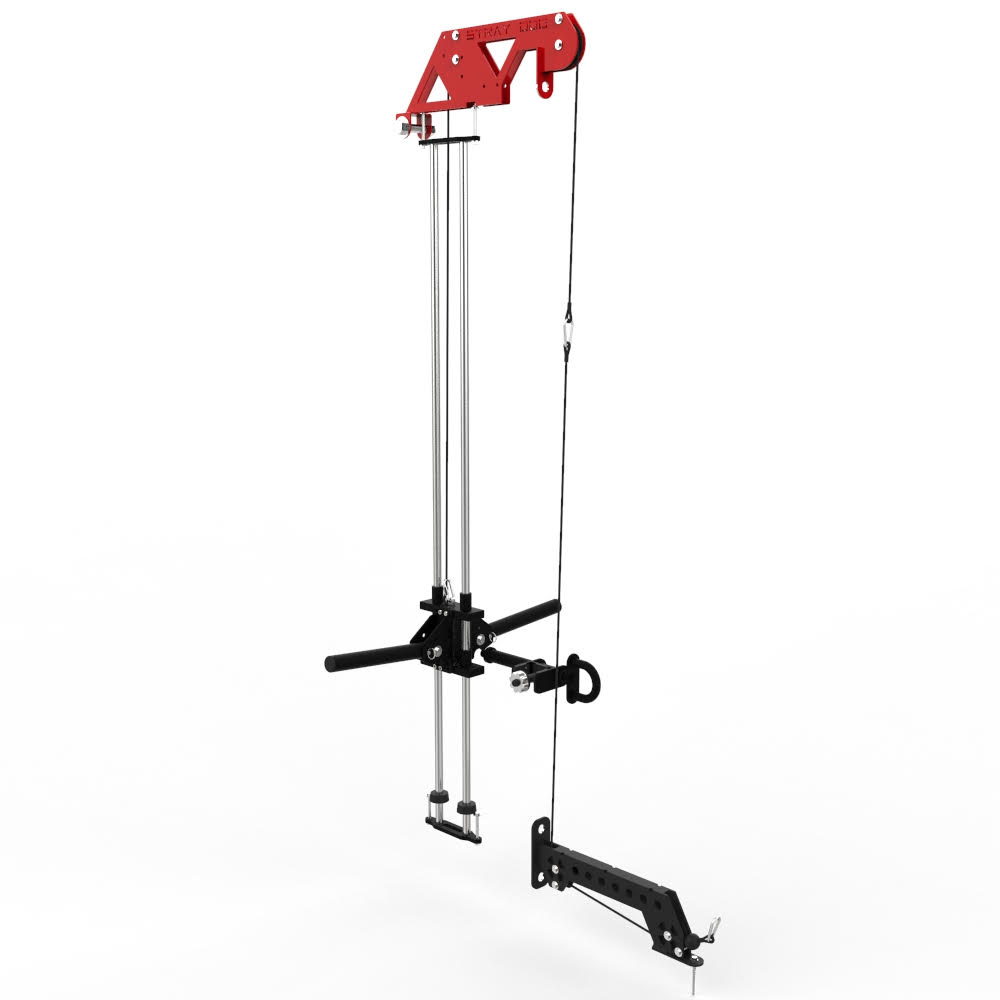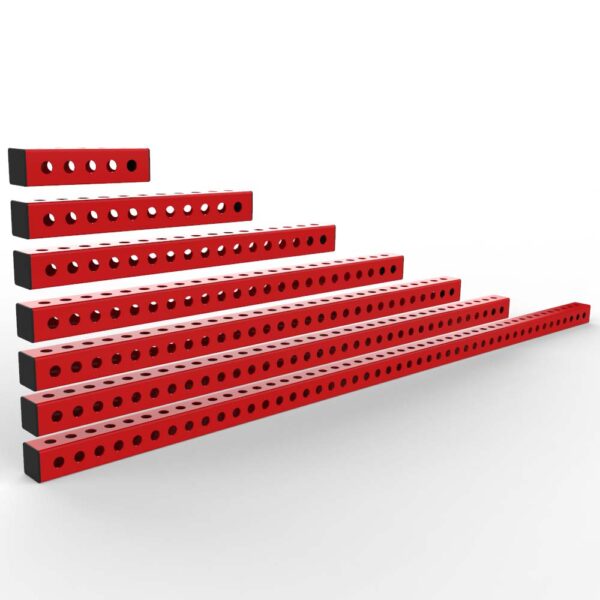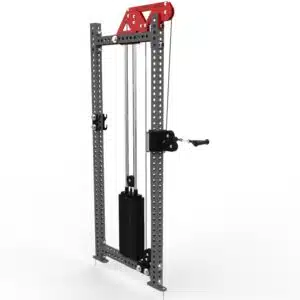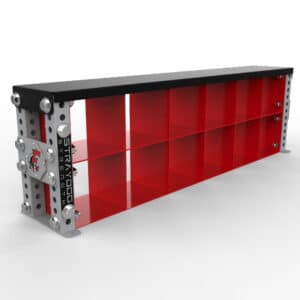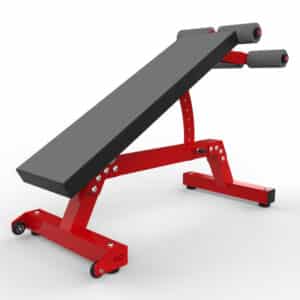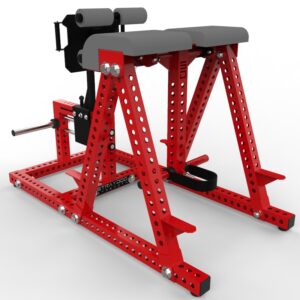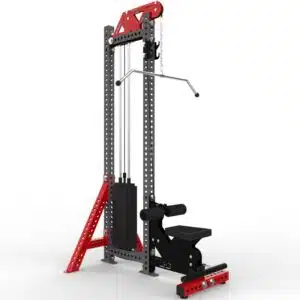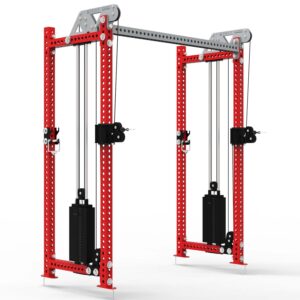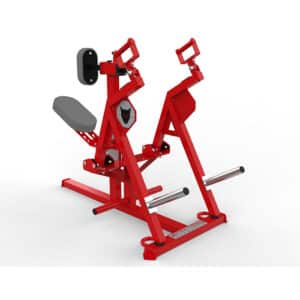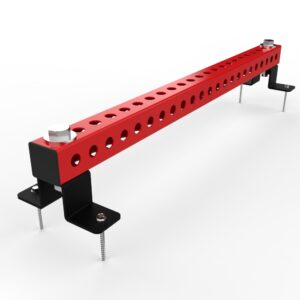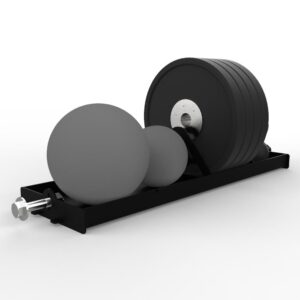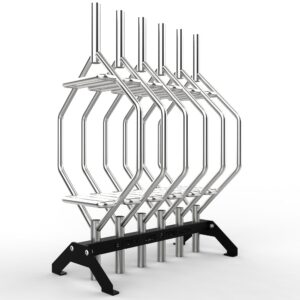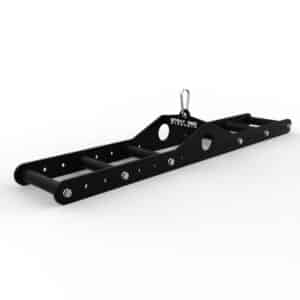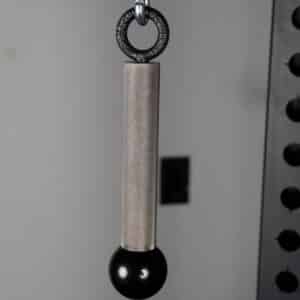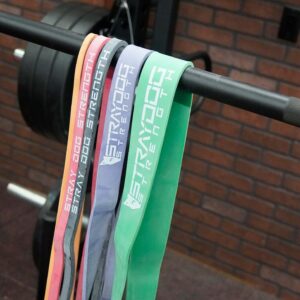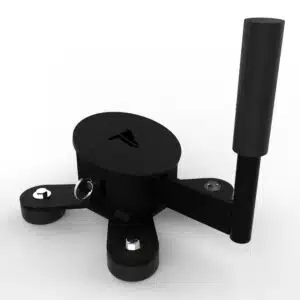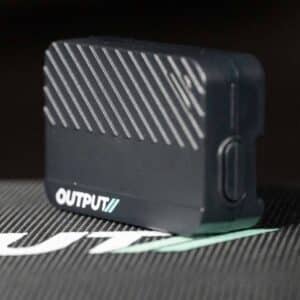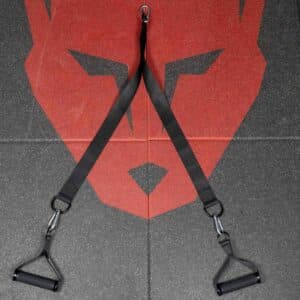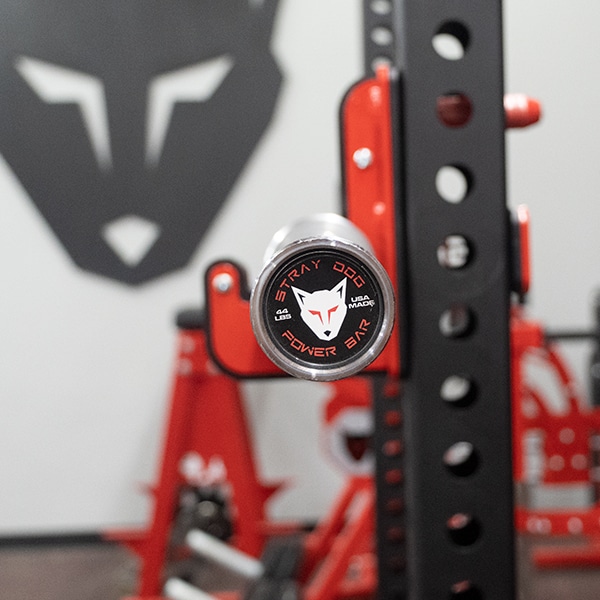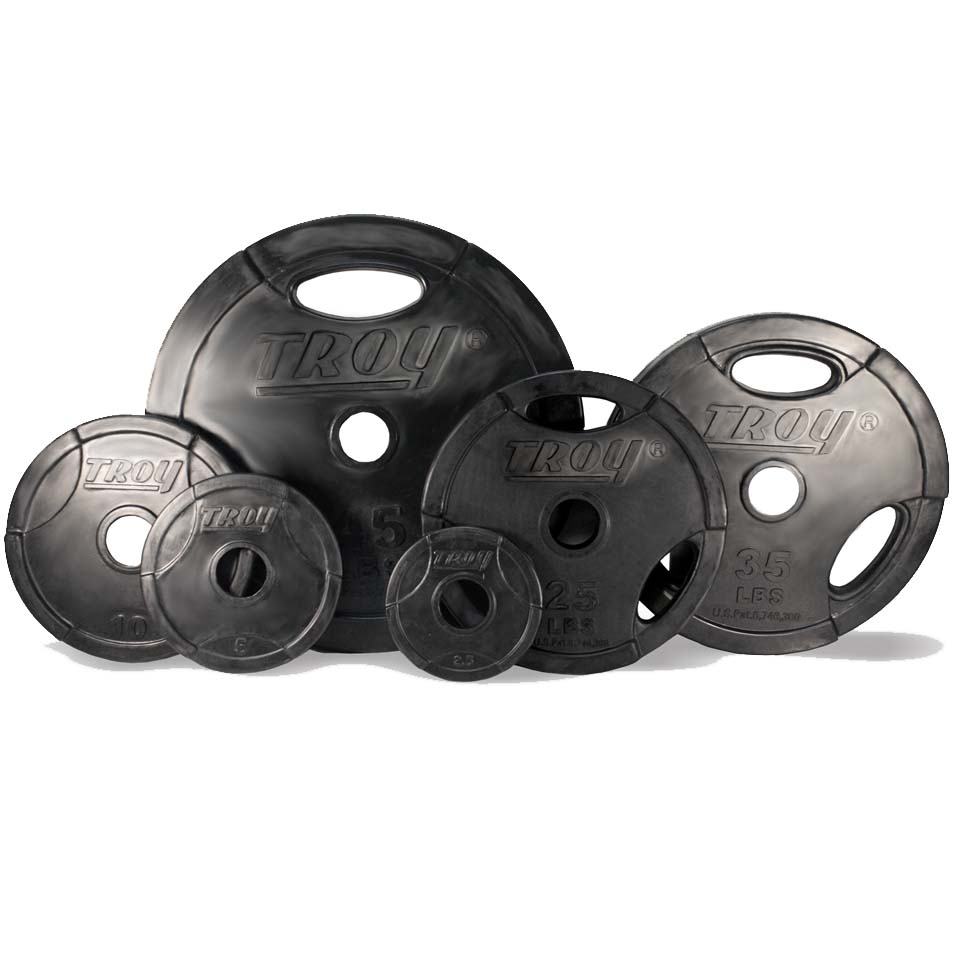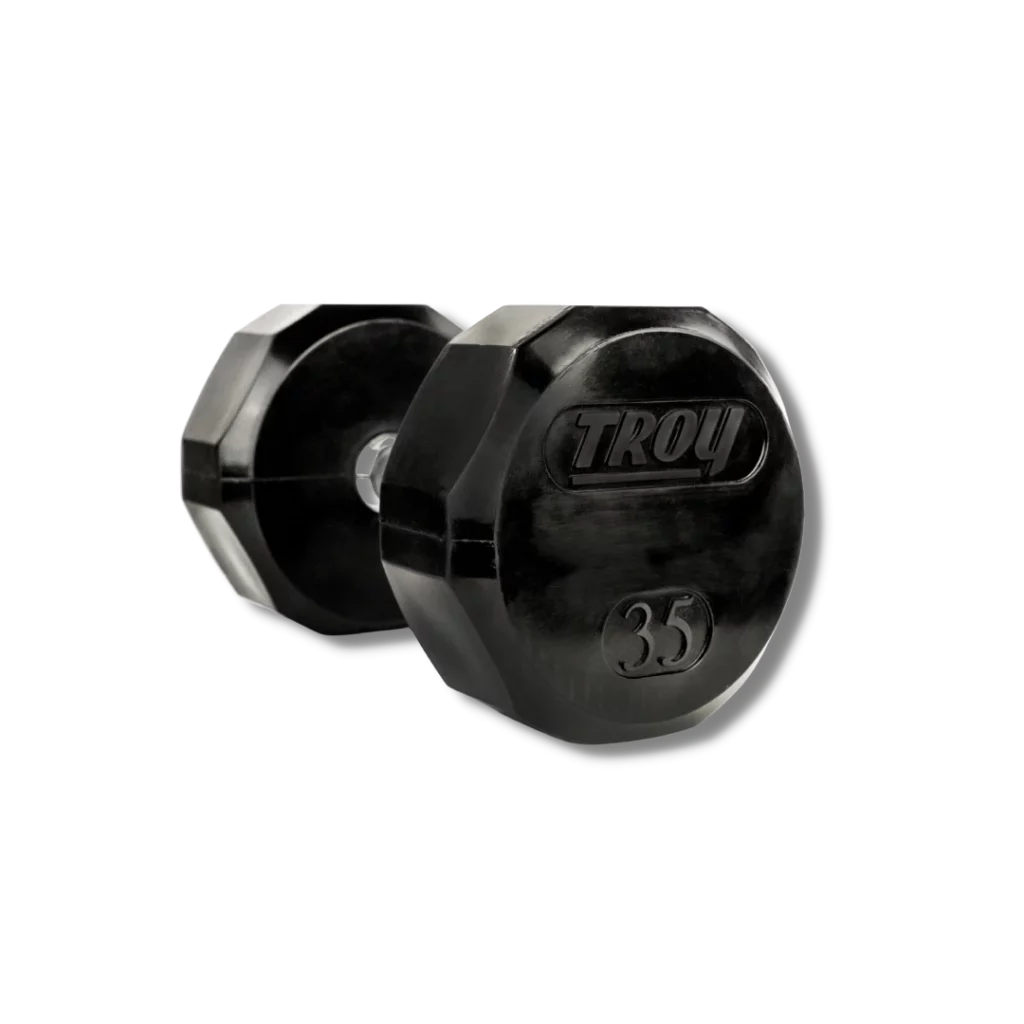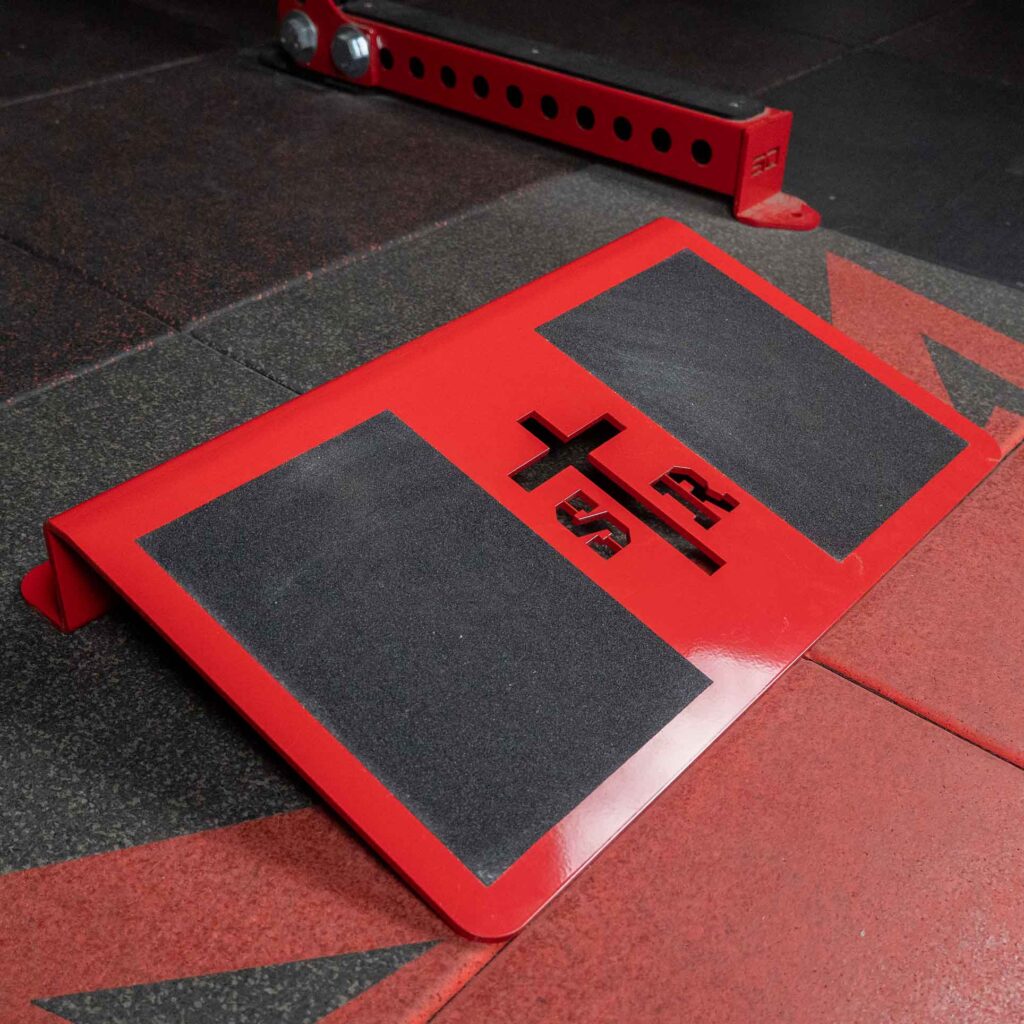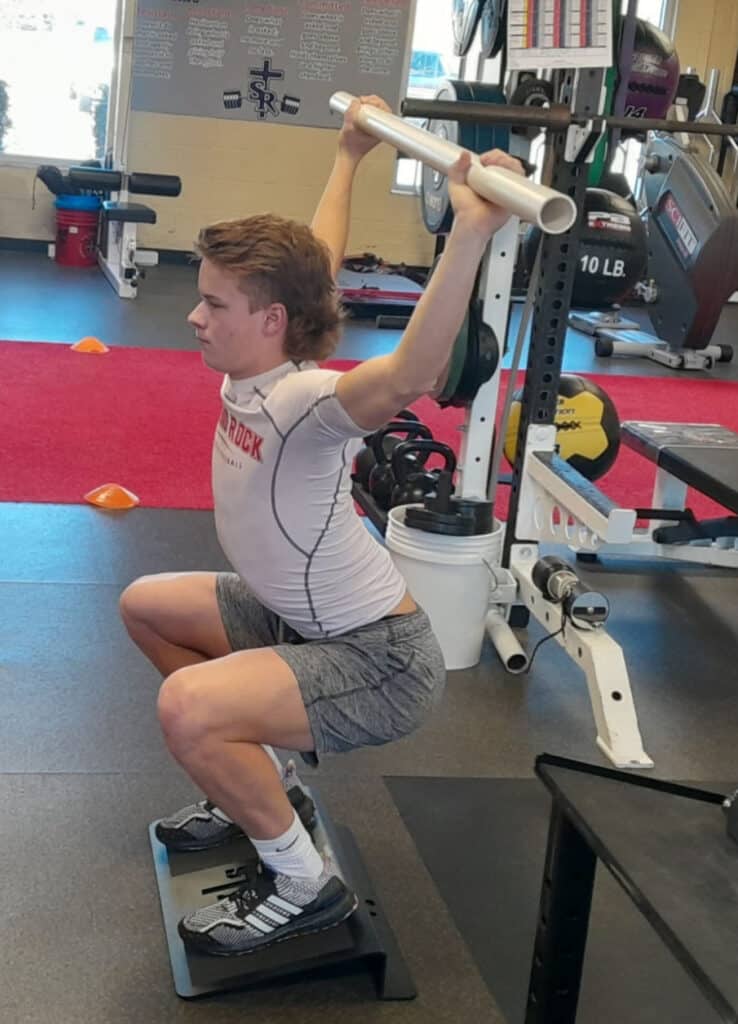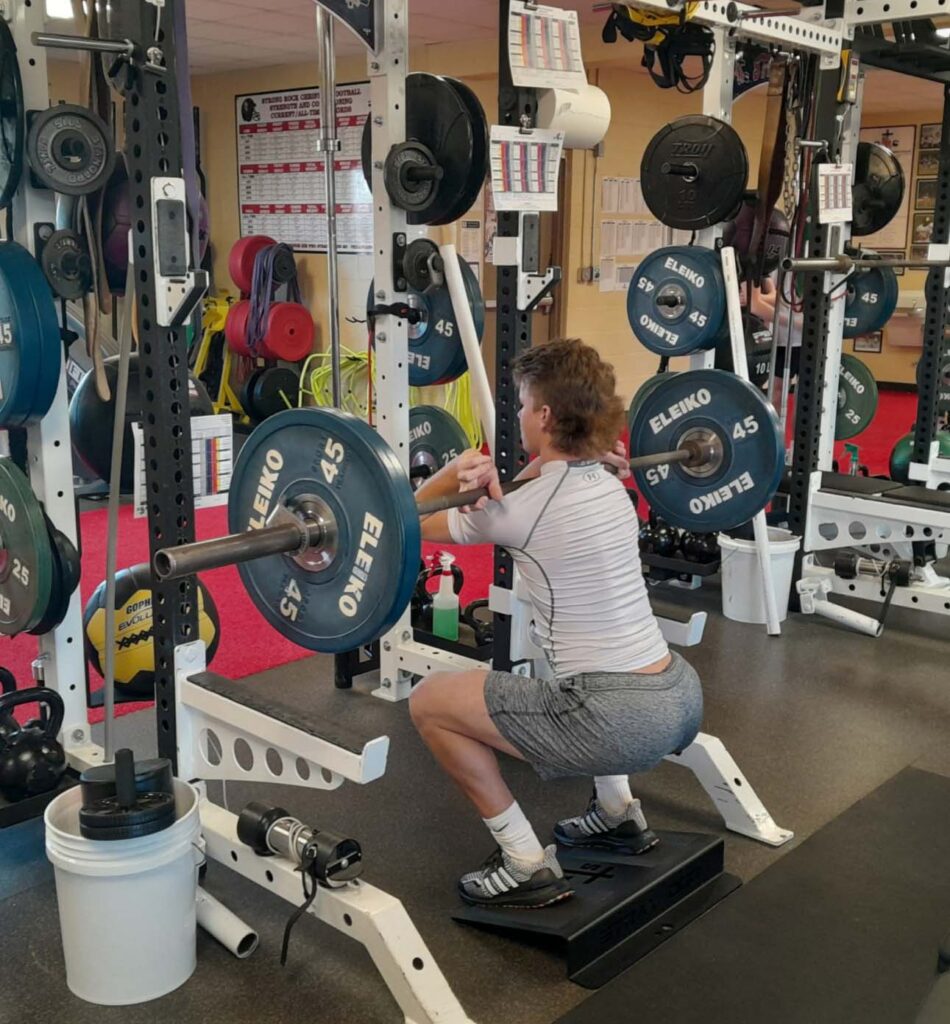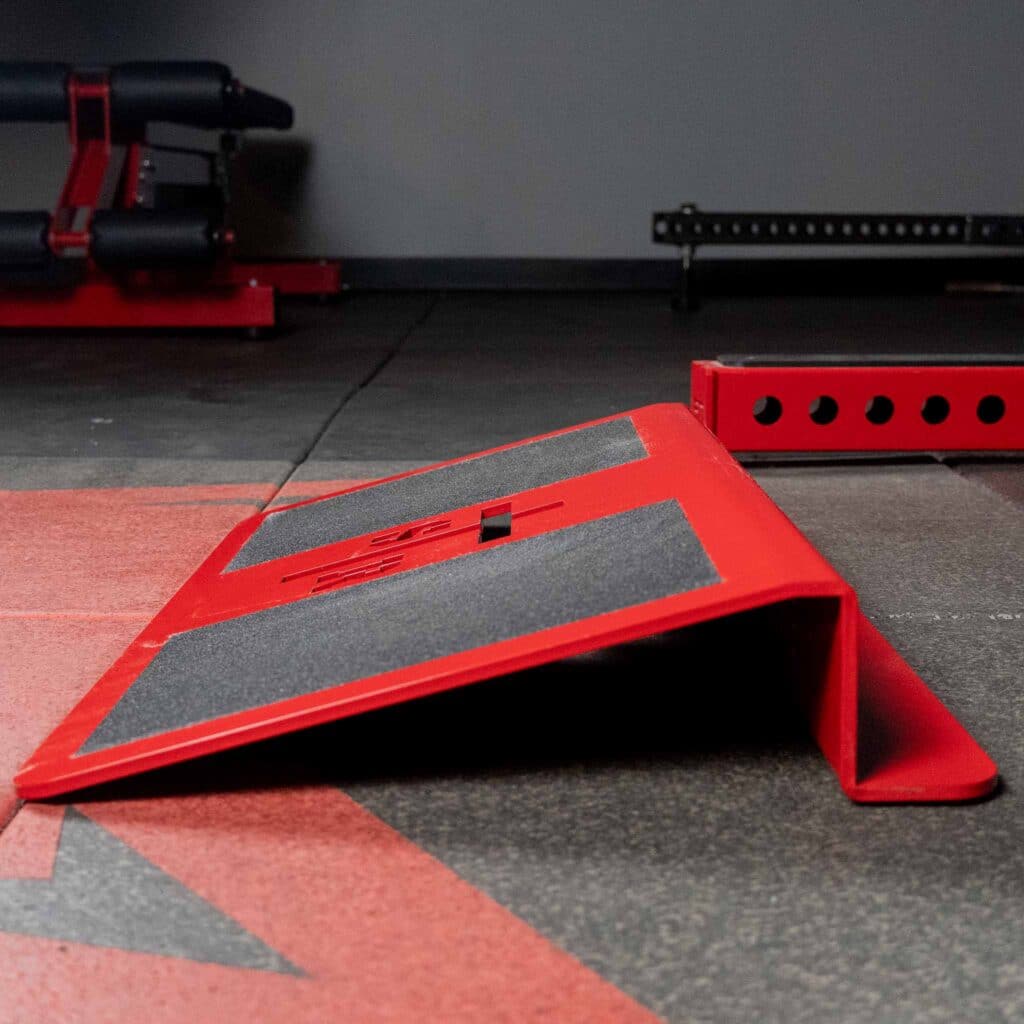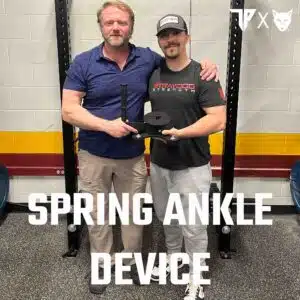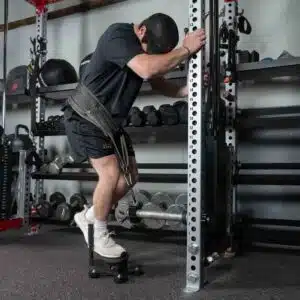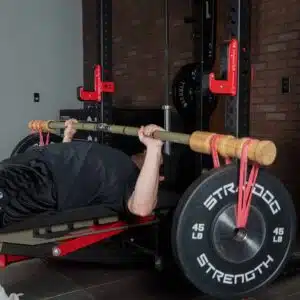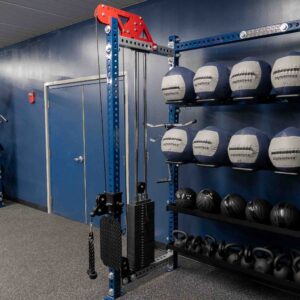When dealing with 13 to 18-year-old students in a high school you come across thousands of different movement patterns, abilities, and issues. During my career I have observed with a many athletes a dysfunction of the lower extremities when asked to perform athletic movements, traditionally related to issues with their ankles. A squat wedge can be an extremely useful tool in helping eliminate or minimize those ankle issues (Jagessar 2019). In this article, we will discuss some of the strategies implemented at Strong Rock to help prepare athletes in regard to ankle mobility. In detail we will discuss our assessment process, progressions, and methods when utilizing our Squat Wedges. We will also present information on how we implement our squat wedges into our agility/plyometric program to help create tissue resiliency & stiffness to aid in promoting the stretch-shortening cycle to become more elastic while running & jumping. The intention of the article is to empower you with an evidence based approach to implementing squat wedges into your training program.
Athletic Movement Screen
Beginning with our initial assessment for the start of the school year, we perform our version of an athletic movement screen. One of the assessments performed is the very popular overhead squat test, if the student can perform the exercise correctly they earn a score of 3 (which is the top score). If the movement cannot be performed correctly, the first modification used is by having the athlete’s squat using the Squat Wedge (McMillian, D.; Rynders, Z.; Trudeau, T 2016). Often this modification minimizes the ankle mobility issue the student owns and allows for them to perform the movement correctly earning a score of 2. This is the first introduction our student receives to the Squat Wedge but will not be the only one. In our next section we will discuss how we utilize the Squat Wedge into our lifting progressions with both High School & Middle School students.
Providing a clear and concise plan for progress is a constant goal we strive for within our program. A part of this challenge is the constant refinement of our teaching progressions for our primary lifts. From a lower body perspective, our primary exercise is the Front Squat. With our 7th grade program, we work in 3-week segments per exercise in our teaching progression. The 1st week of each exercise we perform it using the Squat Wedge for everyone, if they can perform the movement efficiently, we will remove the Squat Wedge for weeks 2 & 3 of that lift. If they cannot perform the movement efficiently, we will keep the Wedge or provide the appropriate modification. For our 8th grade program, we operate in the same manner, however we move quicker through our progressions as we only work in 2-week segments. We still have our students use the Squat Wedge that first week and then remove if possible, for the 2nd week of the exercise (Lee 2019). For our High School athletes we always begin the year working through our lifting progressions for all students, to ensure they are all on the same page (or best as possible) from a technique standpoint. We will work through 2 movements per week, in this process we will have all the students who earned a 1 on their Overhead Squat Assessment use the Squat Wedge while working through the progressions (Charlton 2017 & Sayers 2020). This provides the ability to have all our student load the progressions when appropriate in a safe manner, our squat progressions are attached in this article. Using the Squat Wedges while squatting is not the only modification, we apply to help our students, in our next section we will discuss some other modifications & usages we employ.



Ankle MObility program
The biggest benefit of the Squat Wedge is the increased ankle mobility that is gained when performing a squatting movement (Jagessar 2019). We also utilize the Squat Wedge and angles of our Half Rack to aid in improving ankle mobility by stretching out the ankles. We implement a progression in our ankle mobility program:
- Standing Ankle Flex – 20 to 40 seconds each
- Plate Ankle Flex – 20 to 40 seconds each
- Slant Ankle Flex – 20 to 40 seconds each
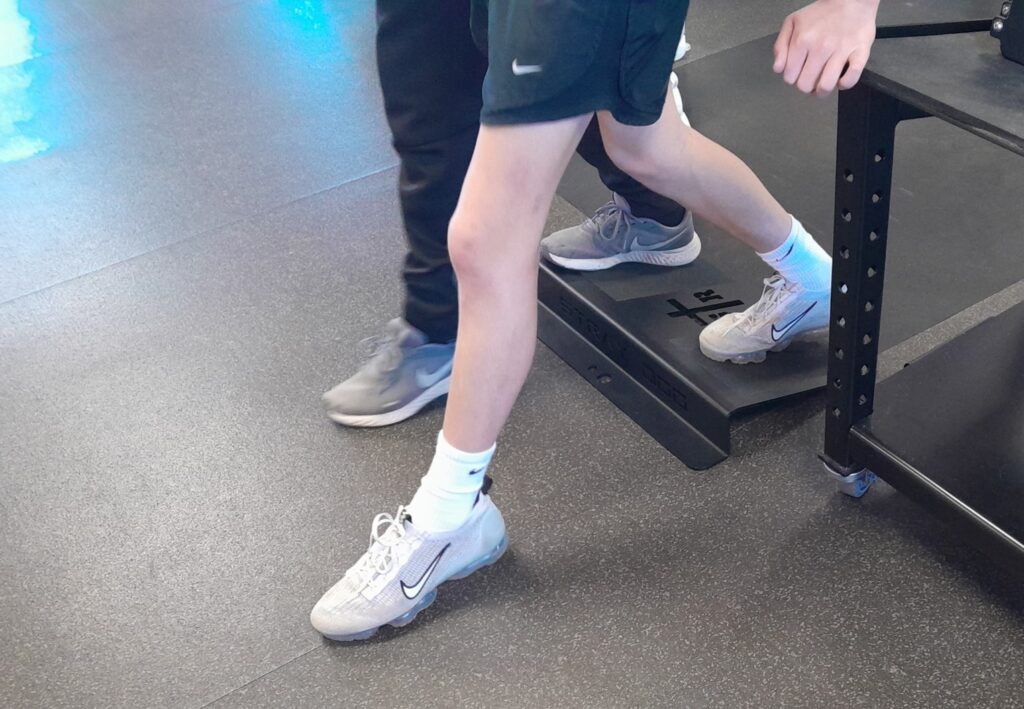
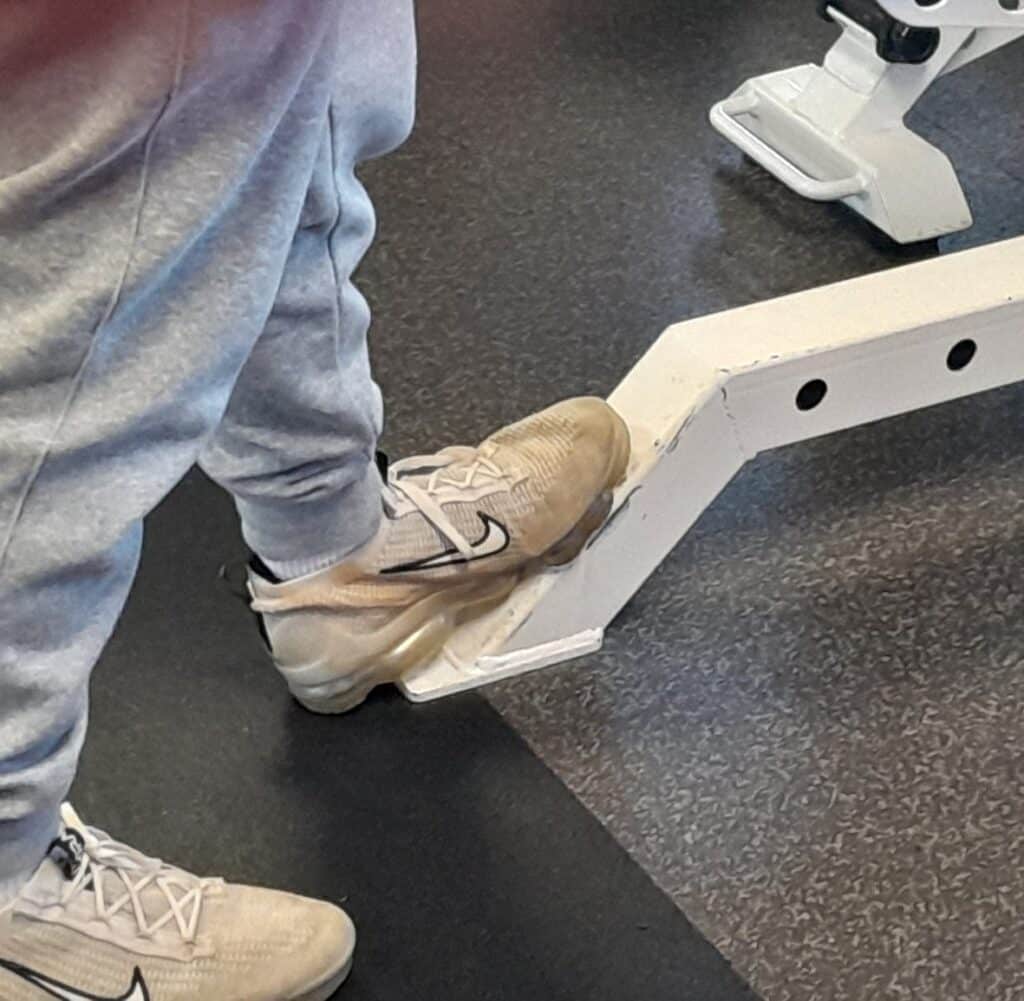
With our Middle School programs, we perform our Ankle Mobility progressions 5 days per week all year long. In our High School classes, we perform our Ankle Mobility progressions 5 days per week for the first 7 weeks of school as we are working through our primary movement progressions. After that, we will prescribe ankle mobility where needed one day per week.
Conclusion
An athlete’s ability to apply force, absorb force and redirect force is crucial in sports performance. In our agility program we stress understanding and being able to control the edges & angles of the lower body. The concept of using “polish boxes” is not anything new in the S&C industry, but one that many times is underutilized. We use our Squat Wedges just for that purpose, we implement them when performing lateral bounds. Here is an example: https://drive.google.com/file/d/1Zrnq_wpK0sWIhFTYZUc67lyLsKfX-pG1/view?usp=share_link. We also utilize them in a continuous fashion while using 2 different Squat Wedges. Utilizing them in manner helps build the elasticity in the lower limbs (Ramírez-delaCruz, M et al. 2022). I am sure our methods will continue to grow as our program progresses, but as you can see there are many different variations a Squat Wedge can be utilized.
As we have displayed throughout this article a Squat Wedge can be a tremendously useful tool to the High School Strength & Conditioning Coach. It can be used in assessment, modifications, mobility enhancement, and agility training. There are many different types on the market, in our situation we contacted Stray Dog/Equipment guys with specs and had them make ours for us; this way we got the exact angle, sturdiness, and quality needed to fit our program. I hope this has opened your eyes to something that can be helpful in your program. If you have any questions, please feel free to reach out to me, my email is tjacobi@strong-rock.com. Have a great day!
References
- Charlton, J et al. (2017). “The effects of a heel wedge on hip, pelvis and trunk biomechanics during squatting in resistance trained individuals.” Journal of strength and conditioning research vol. 31,6. 1678-1687. doi:10.1519/JSC.0000000000001655
- Jagessar, M. (2019). 2D Kinematic Analysis of the Effect of Heel Elevation on Squat Depth. University of Trinidad and Tobago Research Symposium. Doi:10.13140/RG.2.2.17688.34568.
- Lee, S et al. (2019). “Heel-raised foot posture does not affect trunk and lower extremity biomechanics during a barbell back squat in recreational weight lifters.” Journal of strength and conditioning research vol. 33,3. 606-614. doi:10.1519/JSC.0000000000001938
- McMillian, D.; Rynders, Z.; Trudeau, T. (2016). Modifying the functional movement screen deep squat test: the effect of foot and arm positional variations. Journal of Strength and Conditioning Research. 30(4). 973-979. DOI: 10.1519/JSC.0000000000001190
- Ramírez-delaCruz, M et al. (2022). Effects of plyometric training on lower body muscle architecture, tendon structure, stiffness, and physical performance: a systematic review and meta-analysis.” Sports medicine – open vol. 8,1 40. DOI:10.1186/s40798-022-00431-0
- Sayers, M et al. (2020). “The effect of elevating the heels on spinal kinematics and kinetics during the back squat in trained and novice weight trainers.” Journal of sports sciences vol. 38,9. 1000-1008. doi:10.1080/02640414.2020.1738675
Squat Wedge Product Link
Coach Jacobi who wrote this article asked for 15 degree angled squat wedges that are 24″x13″ but we can make them at whatever degree and size plate you want on orders of 10 or more wedges. We can even make them two independent wedges to allow different size athletes to get the perfect setup.

